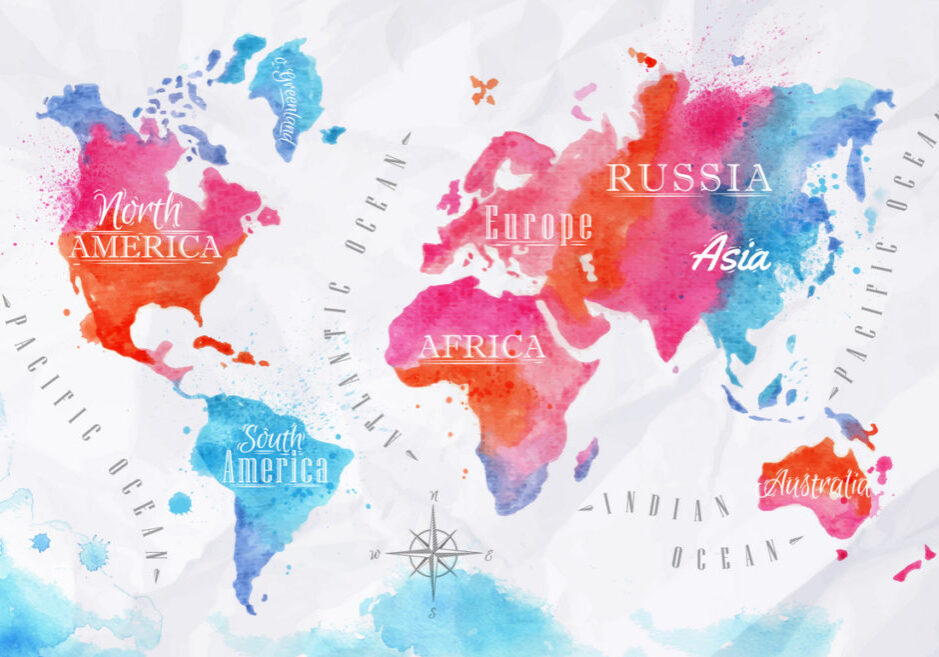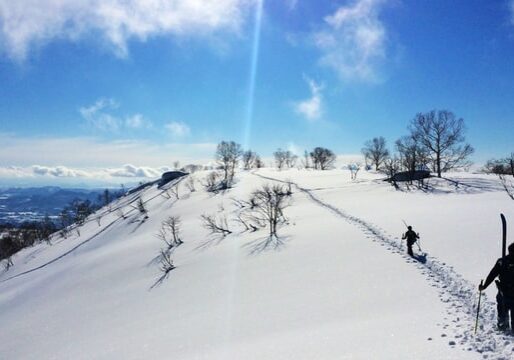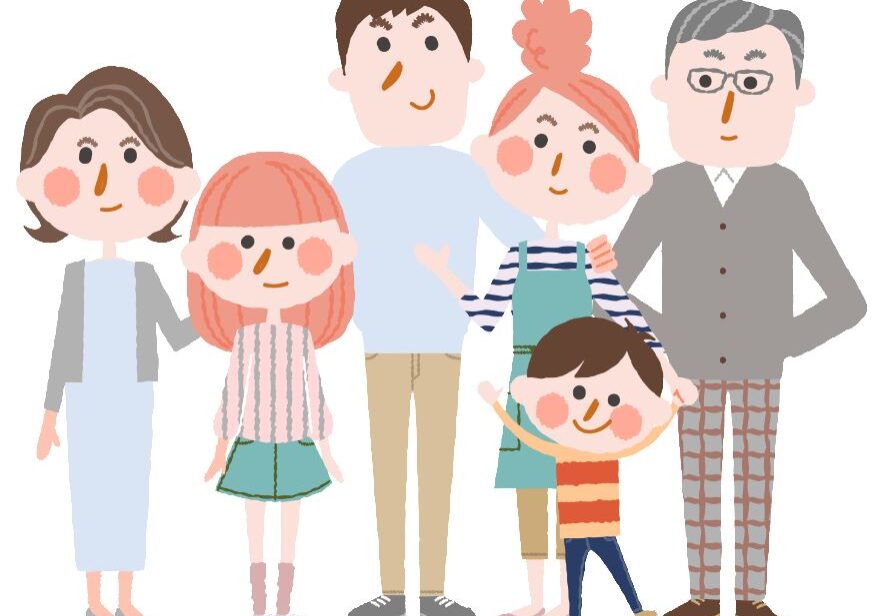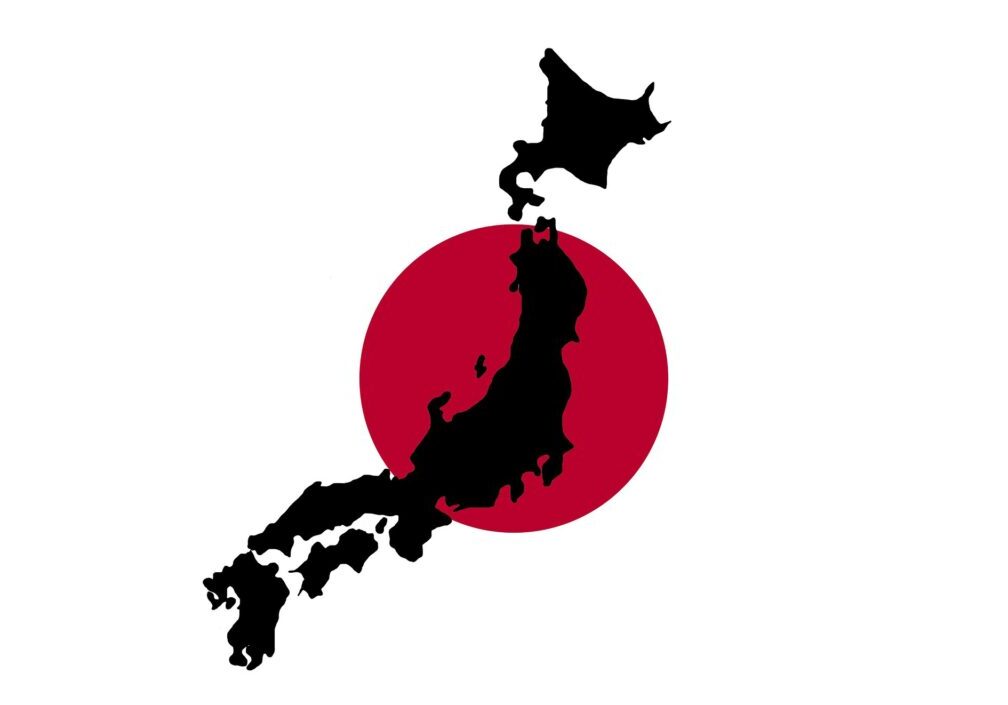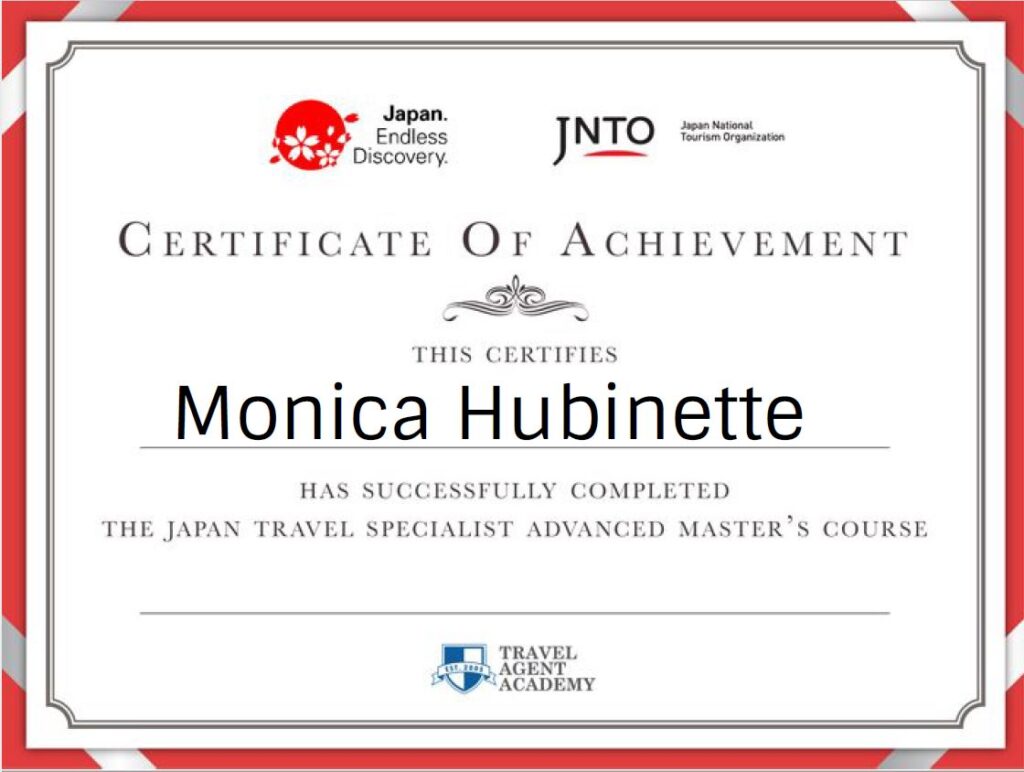Japan
Japan has a fascinating and multifaceted culture; on the one hand it is steeped in the deepest of traditions dating back thousands of years; on the other it is a society in a continual state of rapid flux, with continually shifting fads and fashions and technological development that constantly pushes back the boundaries of the possible. This is part of what makes it such a fascinating country to visit. If you are looking for something different you are sure to find it here!
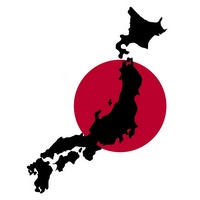
Overview
The Japanese characters that make up Japan's name mean "source of the sun" and it is often called the "Land of the Rising Sun". Why? If you look at Japan from China, it appears that the sun rises from there. Japan is a land of rich culture and history and also well-known for their technology and modernism. It is a great dichotomy to see ancient temples in the middle of modern cities.
Japan is relatively homogeneous and close to 99% of its population is of Japanese descent. The main language is Japanese but many people can speak English and some are quite eager to practice with a tourist. It isn't necessary but learning just a few words and phrases will take you far with the Japanese people. The Japanese are generally polite and it isn't customary to tip in Japan, so don't be surprised if your waiter chases you down the street to return the money you left on the table.
Japan is a fascinating destination but do yourself a favor and give yourself a moderate to generous budget to experience it as much as possible.
We have a Master Japan Specialist who has been to Japan several times. We also have a great travel partner who is an expert in this destination.
Things To Do
There are so many different things to do in Japan and it really depends on what areas you wish to visit and your interests.
Some of the most popular attractions are Mount Fuji, cherry blossoms, fall foliage, beautiful gardens, sumo wrestling, bullet trains, shrines, Japanese cuisine, and more.
If you really want to experience the Japanese culture, consider taking a dip in a hot spring known as an Onsan or stay at a traditional Japanese Inn called a Ryokan. These will really heighten your experience in Japan.
The most popular cities to visit are Tokyo, Kyoto, Nara, Nikko, Hakone and Hiroshima.
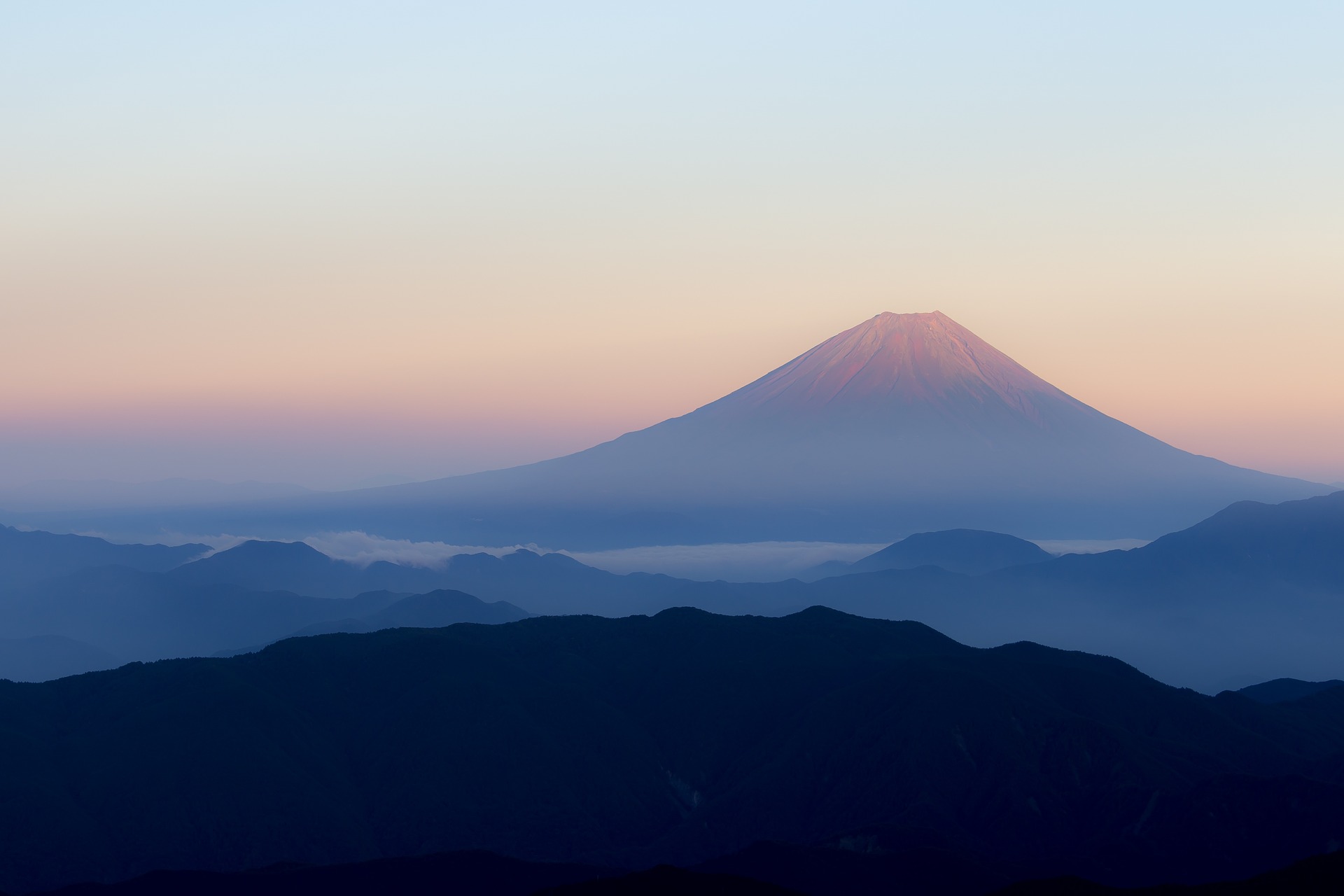
Best Time To Visit
Japan can be visited in any season but generally, most people like to visit in either the early spring (March to April) or late autumn (Oct to Nov). However, this also usually means that the prices are the highest during these times of year.
Winter in Japan is from December to February. In the coastal plains, the temperature rarely drops below zero while southern Japan enjoys a relatively mild and pleasant winter. Central and northern Japan can receive a lot of snow which makes for excellent winter sports.
Spring in Japan is from March to May and offers a generally mild climate. Many suggest that this is the best time to visit as there is not much rain. Also, March and April bring the cherry blossoms that Japan is famous for and the whole country seems to be engulfed in pink.
Summer in Japan is from June to August and begins with a 3-4 week rainy season. The rainy season may be inconvenient but it does not really affect travelling much. July and onwards are very hot and humid with temperatures reaching as high as 40˚C (104˚F). Typhoons or tropical cyclones can happen in August and September and result in strong winds and heavy downpours so many people avoid travel during these two months.
Autumn in Japan is from September to November and can be fairly mild. Autumn is characterized by a light breeze and cool temperature that is welcome after the heat of the summer. Like Spring, Autumn is also a good time to visit Japan.
Finally, there are some times of the year it is best to avoid like the first week of January (New Year), last week of April to the first week of May (Golden Week), and in mid-July to early August (Obon Festival and summer vacation). Many of these periods are during major holidays so most public transportation is fully booked and accommodations are more expensive.
Geography
Japan is an island nation in East Asia and it is an archipelago consisting of almost 7,000 islands in total. Japan consists of four main islands: Hokkaido, Honshu, Shikoku and Kyushu plus the Ryukyu Islands and thousands of smaller islands. It also has 47 regional divisions called prefectures and each has its own capital and is comparable to a state in the U.S.
Mountains and forests cover approximately 70% of the total land mass so that doesn't leave much room for their 127 million inhabitants. It is probably why the Japanese are masters of making use of small spaces.
Honshu is the biggest island and where most of the population and tourists travel to. There are also many long, sandy beaches in Japan which surprises many people.
Money & Currency
The currency used throughout the country is the Japanese yen (JPY). Mastercard and Visa are widely used where credit cards are accepted as payment. ATMs are commonplace in Japan.
Tipping is not common practice in Japan. If you do want to show your gratitude to someone, give them a small gift rather than a monetary tip. If you do choose to offer someone a tip (ryokan maid, tour leader, etc) always put the crisp bills in an envelope first. Rule of thumb, in Japan the price is the price - no tipping required. When you go out to eat, tipping is not expected but some places will include a 10-15% service charge on the bill.
DID YOU KNOW?
- How to distinguish a Shinto shrine from a Buddhist temple? Shrines almost always have gates known as torii (or "bird perch")—two pillars topped by two horizontal beams. In contrast, Buddhist temples often have gateways with tiled roofs that look like miniature versions of the temple itself.
- You'll see "samurai castles" perched on hilltops around the country, but only 12 are original. Others, including the famous Osaka Castle, are modern concrete replicas. Himeji Castle, west of Kobe, is by far the most imposing and is well worth a day trip—as is the black Crow's Castle in Matsumoto, to the north of Nagoya in central Japan.
- The Hello Kitty phenomenon celebrated its 45th anniversary in 2019. The omnipresent cat, which was dreamed up (and is still owned) by Sanrio Corp., even appears on telephones, a brand of water, and underwear.
- Raised floors help indicate when to take off slippers or shoes. At the entrance to a home in Japan, the floor will usually be raised about 6 inches (15cm) indicating you should take off your shoes and put on slippers. If the house has a tatami mat room, its floor may be raised only 1-2 inches (2.5-5cm) indicating you should take off your shoes.
- The so-called "eternal flame" that burns in Hiroshima is not actually intended to be eternal. It will be extinguished when the last nuclear weapon is destroyed.
- Buildings are numbered according to when they were built, not their location on a street. To find a business or home, you may need to do as the locals do: Take the address to the neighborhood police box (or koban)—they're everywhere. You may find maps posted around, but they're of little help unless you read Japanese.
- Pachinko parlors are everywhere (the game resembles vertical pinball and can pay off like a slot machine). The parlors are incredibly noisy, brightly lit, smoky and invariably full of people, night and day. Although skilled players can make money, for most it's just an enjoyable pastime.
- One survey in 2018, estimated that 27% of foreign travelers arrived in the country uninsured and that 5% of inbound tourists fell ill or were injured during their stay in Japan. Make sure you have medical coverage when you travel to Japan as they are making stricter rules and you may be turned away from receiving life-saving care!
- Manners and customs are a very important part of life in Japan and respecting these customs will ensure a successful visit. Everyone in Japan bows when they say hello, goodbye, thank you or sorry. It is seen as a term of respect and can also convey remorse or gratitude as well as being a greeting. Much Japanese use a simple head nod in more casual, everyday settings.
- Taking off footwear before entering a place is a very traditional Japanese custom. Like bowing, it is a sign of respect and many places will have signs outside asking guests to take their shoes off.
- The suffix “san” when referring to someone else is a sign of respect. However, one never refers to themselves as “san”.
- It is not common to walk and eat in public. People can sit or stand and eat but walking while doing so is considered very impolite.
Sample Itineraries & Packages
Over the years, we have curated several itineraries. Here is a list of several different itineraries and travel packages to give you an idea of what can be done in Japan. We are happy to customize any itinerary for you so please contact us to get started!



